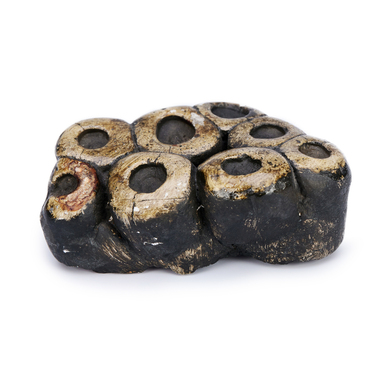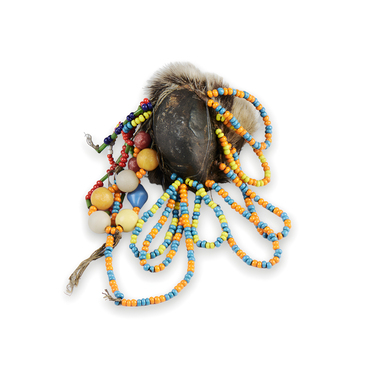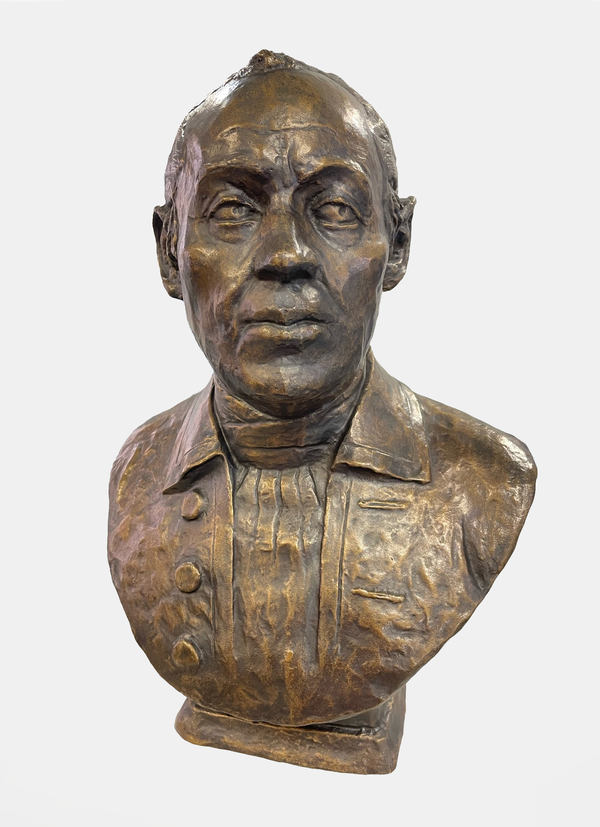Vitus Bering (1681–1741) was born in Denmark into a family of a ruined aristocrat Anna Pedersdatter Bering, and a customs officer Jonas Svendsen Halmstadt. At an early age he was taught literacy and spelling. At the age of 14, after leaving school, he enlisted in the navy in the Netherlands. After graduating in 1703 from the cadet corps in Amsterdam, he entered the Russian service in the rank of second lieutenant. He traveled to the East Indies and served on a ship of the Russian Baltic Fleet during the Great Northern War.
Vitus Bering led the First (1725–1730) and Second (1733–1741) Kamchatka expeditions, during which he sailed to the shores of America, commanding the boat “St. Gabriel” and the packet boat “St. Peter”. During this time, he found out that Asia was not connected to America, discovered Alaska, the Aleutian and Commander Islands for Russia, surveyed the coast of Kamchatka and some parts of the coast of Japan.
In November 1741, returning from the coast of North America, the packet ship “St. Peter”, commanded by Bering, was washed up on a deserted island. It was later named after the explorer. Vitus Bering became seriously ill and died on the island. In 1991, a joint Russian-Danish international expedition worked at the site where the expedition leader and his companions perished.
The Kamchatka anthropologist Andrey Nikolayevich Belkovsky and historian of geography Sergey Mikhailovich Epishkin found the grave of the commander and five sailors on Bering Island. The remains were taken to Moscow. The forensic medical expert Mikhail Yevgenyevich Berezovsky participated in the identification process. Under the guidance of Professor Victor Nikolayevich Zvyagin a bust with the image of Commander Vitus Bering was recreated by the method of plastic reconstruction. No traces of scurvy on his teeth were found. The remains of the commander and his companions were brought back and buried again on Bering Island.
As a result, the collection
of the Kamchatka Regional United Museum was enriched with unique exhibits:
cannons, anchors, fragments of the wrecked packet boat “St. Peter”, personal
belongings of Russian sailors. Besides, the bust by Doctor of Medical Sciences,
Professor Victor Zvyagin was added to the collection. It was made of plaster
and toned to resemble bronze.



